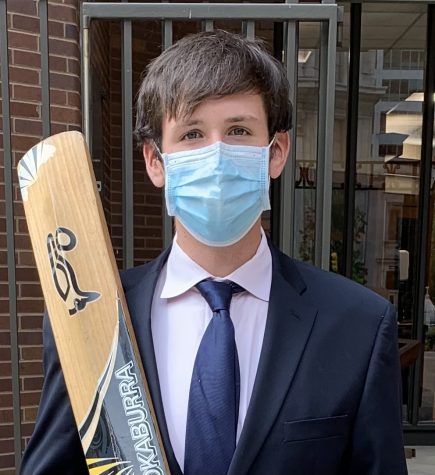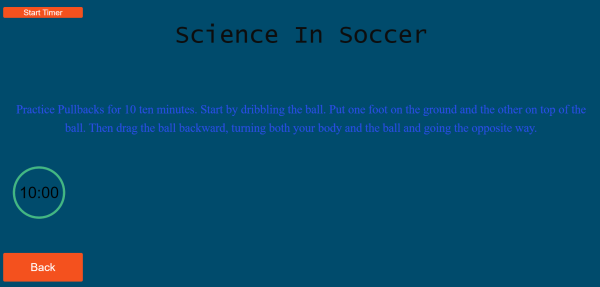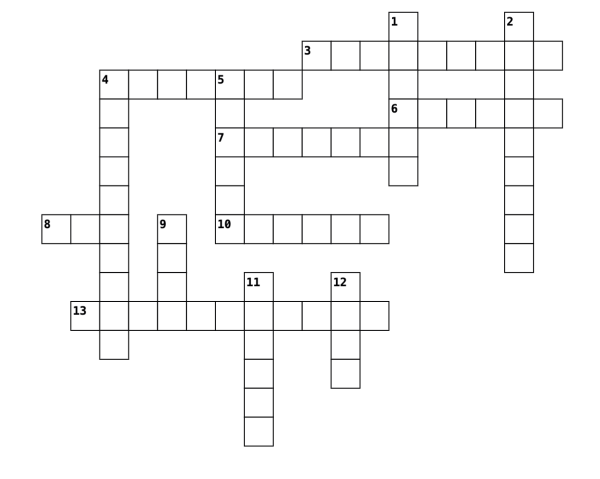How Are Teachers Adapting to COVID-19?
The effects of the COVID-19 pandemic have disoriented every aspect of life at Friends Select: the school building is closed, classes only meet once a week, and all interactions take place online. This development has been especially hard on teachers, who must navigate this uncharted territory as leaders of multiple classes. To better understand the challenges FSS teachers are currently facing, The Falcon spoke with Heather Paul, Miriam Rock, Ian Lockey, Sowmya Srinivasan, and Zoë Blatt about their experiences in the past month.
The most immediate impact of the virus is its disruption of daily procedure. Classes have only one hour of required class time per week, and communication is clunky and delayed without face-to-face interaction. The difficulties of online learning vary from subject to subject—in English and History classes, which are primarily discussion based, teachers have struggled to move as quickly as they might like.
Miriam observes that it is nearly impossible to discuss every detail of books in English class; she has found it easier to teach a “greatest hits” style that focuses on the most important concepts from each unit. Science classes can no longer conduct labs; Heather is working on virtual solutions that replicate the educational value of these labs.
Ian notes that the schedule could be improved going forward; he theorizes that shorter class blocks that meet more frequently could be more beneficial to students and teachers. Altogether, teachers are simply finding that “classes will have to move a lot more slowly in terms of the amount of content we can cover,” Sowmya said.
Much of the learning at Friends Select extends beyond academic content; teachers and their students develop personal relationships that help them to enjoy learning and to feel comfortable asking for help. However, without face-to-face interaction, it is difficult to foster these same connections. Zoë notes that without being in the same building, students and teachers cannot have the chance encounters they might have in a normal school day. “It is through these casual conversations that relationships are formed,” she says.
Communication with students has been complicated, but the faculty is making it work. According to teachers, students respond to emails quickly and reach out when they need help. While mass messages are difficult, all members of the community have worked together to relay information as best as possible. There are some aspects of communication that cannot be replicated digitally, though: Heather says that “questions are asked individually through email instead of in front of a whole section of students where everyone can hear the answer, so I find myself answering the same question over and over.”
With the possibility that school will be closed for the rest of the 2019-20 school year, it is unclear how final exams will be executed. Because of more immediate concerns about day-to-day operations, faculty have not yet discussed possible alternatives to traditional final exams.
School closure also poses a unique challenge for art teachers: most students do not own the necessary supplies to complete planned projects. Even when there is an available substitute–phones can be used as cameras for photography class–“it doesn’t allow for the same amount of artistic control or complexity” says Zoë. As a result, Zoë says that many fourth quarter projects she had planned “will have to be greatly altered or canceled altogether.”
While social distancing has adjusted teachers’ curricula, it has also impacted their social lives; all teachers who were interviewed bemoaned the loss of community due to COVID-19. All three teachers noted how much we take the little things—classroom dynamics, lunchtime conversations, interactions with people we don’t know as well—for granted. In many ways, this experience may deepen a sense of appreciation for the community.
Teachers with kids at home face the new challenge of watching their children while teaching a class; because schedules are messy and younger children can be hard to manage, this has been another difficulty in transitioning to online learning.
It has been difficult for all members of the Friends Select community to adjust to social distancing and online learning, and students and faculty alike are playing the situation day-by-day to find strategies that work for them.

Peter Ryan is a senior at Friends Select School. He currently serves as President of Student Government, Co-Clerk of QUAKE, and founding leader of Cricket...







